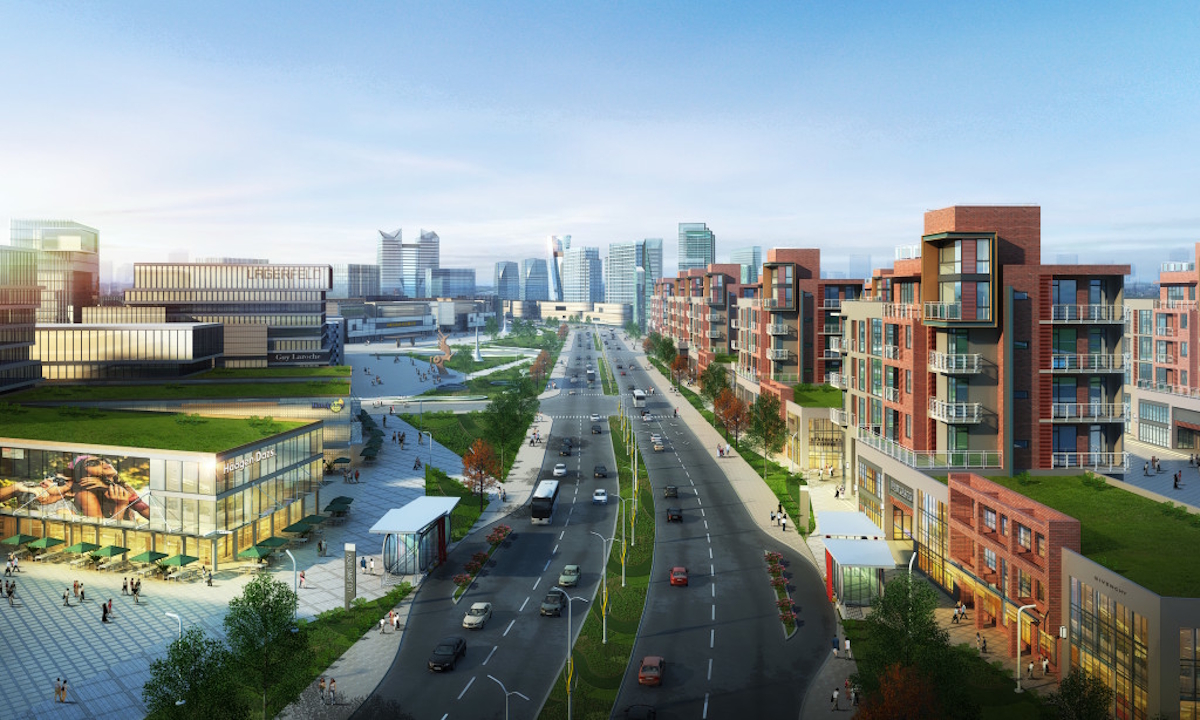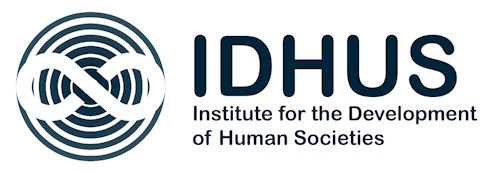As urbanization accelerates across the globe, South Africa finds itself at a pivotal crossroads. The rapid migration to cities is intensifying pressure on infrastructure, demanding innovative solutions to ensure sustainable growth. Smart cities, powered by high-speed fibre networks, offer a transformative path forward. By integrating digital technologies into every aspect of urban life, South Africa has the opportunity to build more efficient, inclusive, and resilient communities for the future

By the year 2050, approximately two-thirds of the global population will reside in urban areas. This ongoing demographic transformation is already having significant implications for South Africa, where metropolitan centers are experiencing a steady influx of people seeking employment opportunities, improved living standards, and access to modern services. However, this rapid urban migration is placing enormous pressure on the country’s urban infrastructure. Many South African cities are grappling with the consequences: overburdened and ageing utilities, frequent service disruptions, traffic congestion, and insufficient public services are eroding quality of life and inhibiting economic growth.
In response to these challenges, the concept of the “smart city” has gained prominence as a pathway to a more efficient, resilient, and livable urban future. Smart cities leverage digital technologies and real-time data to optimize the delivery of essential services—ranging from transportation and energy management to public safety, waste management, and healthcare systems. At the heart of this digital revolution lies one indispensable enabler: a robust, high-speed, and scalable digital infrastructure powered by fibre-optic connectivity. Without it, the transformation from traditional to smart urban environments remains impossible.
Fibre: The Digital Backbone of Smart Cities
The foundation of any truly smart city is its capacity to collect, transmit, and process vast volumes of data with minimal latency and maximum reliability. Fibre-optic networks, with their unmatched bandwidth and transmission speeds, make this possible. Unlike outdated copper-based infrastructure, fibre can seamlessly support the simultaneous operation of multiple high-bandwidth applications. These include dynamic traffic management systems that adapt to real-time conditions, intelligent energy grids that optimize power distribution, and integrated emergency response platforms capable of coordinating swift and life-saving actions across various services.
Moreover, fibre’s technological superiority extends beyond speed and bandwidth. It is inherently more resilient and secure, making it ideally suited for mission-critical applications. In the healthcare sector, fibre connectivity enables mobile ambulances to transmit patient vitals en route to hospitals, where doctors can access updated medical records in real-time. In public safety, fibre allows continuous and uninterrupted communication between agencies during emergencies, ensuring coordinated responses in times of crisis. These capabilities are not merely enhancements—they are essential components of a future-ready urban ecosystem.
International Precedents and Local Progress
Around the world, cities that have embraced fibre-optic infrastructure are already reaping the benefits of their foresight. Chattanooga, Tennessee, stands as a notable example. Once a typical mid-sized American city, Chattanooga transformed into a high-tech urban center through the deployment of a comprehensive fibre network. This infrastructure enabled advanced services such as real-time air quality monitoring, allowing city officials and health agencies to respond proactively to environmental concerns. This illustrates a fundamental truth: without reliable high-speed internet, the very notion of a smart city remains theoretical.
South Africa has begun its own journey in this direction, with pioneering initiatives offering a glimpse into what the future may hold. The Lanseria Smart City project, a collaboration between national and provincial authorities, is envisioned as the country’s first smart city built from scratch. It is designed with sustainability and digital infrastructure at its core, integrating fibre connectivity into its urban layout alongside transport systems, residential developments, and utilities. Although still in its formative stages, Lanseria represents a new approach to city planning—one that places digital inclusion and sustainability at the forefront.
Simultaneously, Waterfall City in Midrand serves as a contemporary model of what is already achievable. Developed with a carrier-neutral fibre network and high-capacity connections to regional data centers, Waterfall has emerged as a preferred destination for businesses that rely heavily on real-time data transmission. These case studies underscore both the ambition and the practical progress being made toward realizing a smart urban future in South Africa.
The Role of Collaboration and Inclusive Development
Creating a smart city is not simply a technological endeavor—it is a complex, multi-faceted process that demands inclusive planning, strong governance, and coordinated execution. Urban development must reflect the social, economic, and cultural context of its residents. Infrastructure must be adaptable and inclusive, ensuring that digital services are accessible to all citizens, regardless of income level or geographic location.
Success in this endeavor requires active collaboration among a diverse set of stakeholders. Governments, investors, technology providers, urban planners, civil society organizations, and local communities must all contribute to the planning and implementation processes. The G20 Global Smart Cities Alliance, led by the World Economic Forum, provides a compelling example of such collaboration in action. By uniting key actors from across the public and private sectors, the alliance promotes best practices, regulatory frameworks, and innovative models that cities can adapt to enhance urban resilience and digital equity.
Openserve: Enabling the Digital Transformation
Within South Africa, Openserve is playing a critical role in laying the digital foundations upon which smart cities can be built. As the country’s largest fixed-line telecommunications infrastructure provider, Openserve has made significant investments in expanding and modernizing its fibre network. According to its FY2024 annual report, the company allocated R2.547 billion toward infrastructure development, with a strong emphasis on accelerating the nationwide fibre rollout. This strategic investment not only reflects Openserve’s commitment to digital transformation but also aligns with the broader national objective of achieving inclusive and sustainable urban development.
Openserve’s vision extends beyond mere connectivity. The company advocates for universal access to high-speed internet as a basic necessity, not a luxury. It envisions a future where South African cities are not only digitally enabled but also socially inclusive and economically vibrant—urban environments that foster innovation, support business growth, and improve quality of life for all residents.
In sum, the future of South Africa’s urban centers hinges on the successful integration of digital infrastructure, with high-speed fibre serving as the foundational layer. As global trends make clear, cities that fail to adapt will face growing dysfunction and inequality. Conversely, those that embrace smart technologies, supported by reliable and extensive fibre networks, can unlock a new era of prosperity, sustainability, and resilience.
